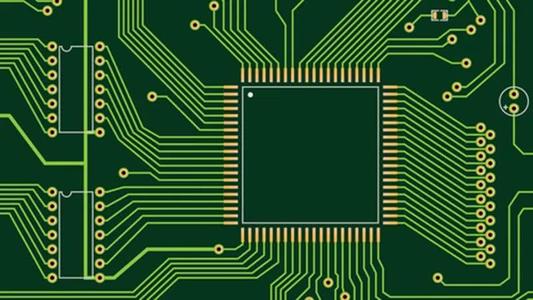 +86 755 2794 4155
+86 755 2794 4155  sales@knownpcb.com
sales@knownpcb.com
-
Shenzhen KNOWNPCB Technology Co., Ltd.
 +86 755 2794 4155
+86 755 2794 4155  sales@knownpcb.com
sales@knownpcb.com
 2023-10-12
2023-10-12
 885
885

For the electronics industry, according to industry surveys, the most fatal weaknesses of chemical tin plating are its susceptibility to discoloration (i.e. oxidation or deliquescence), poor solderability leading to difficulty in soldering, high impedance leading to poor conductivity or unstable overall board performance, and susceptibility to tin growth, which can lead to short circuits in PCB circuits and even burning or ignition events.
It is reported that Kunming University of Technology in the early 1990s was the first to study chemical tin plating in China, followed by Guangzhou Tongqian Chemical (Enterprise) in the late 1990s. It has been recognized in the industry for the past 10 years that these two institutions are doing the best. Among them, according to our contact screening investigations, experimental observations, and long-term endurance tests of numerous enterprises, it has been confirmed that the tin coating of Tongqian Chemical is a pure tin layer with low resistivity, and the quality of conductivity and brazing can be guaranteed to a high level. No wonder they dare to guarantee that their coating can maintain color change, blistering, peeling, and permanent tin whiskers for a year without any sealing or anti color changing agent protection.
Later, when the entire social production industry developed to a certain extent, many participants often plagiarized each other. In fact, a considerable number of enterprises themselves did not have the ability to research and develop or innovate, resulting in poor performance of many products and their users' electronic products (circuit board bottoms or overall electronic products). The main reason for poor performance is due to impedance issues, Because when unqualified chemical tin plating technology is used, the tin plated on PCB circuit boards is not actually pure tin (or pure metal elemental), but rather a compound of tin (i.e. not a metal elemental at all, but a metal compound, oxide or halide, more directly belonging to non-metallic substances) or a mixture of tin compounds and tin metal elemental, but it is difficult to detect with the naked eye alone.
Because the main circuit of a PCB circuit board is copper foil, which is a tin layer on the solder joints of the copper foil, and electronic components are soldered onto the tin layer through solder paste (or solder wire). In fact, the solder paste is soldered between the electronic components and the tin coating in a molten state using metal tin (i.e., a well conductive metal element). Therefore, it can be briefly pointed out that electronic components are connected to the copper foil at the bottom of the PCB board through the tin coating, So the purity and impedance of the tin coating are crucial; Also, before inserting electronic components, when we directly use an instrument to detect impedance, the two ends of the instrument probe (also known as the probe) are actually connected to the current by first touching the tin coating on the copper foil surface at the bottom of the PCB board and then connecting to the copper foil at the bottom of the PCB board. So tin coating is the key, it is the key that affects impedance and the performance of the entire PCB board, and it is also a key that is easily overlooked.

Or call +86 755 2794 4155
Inquiry Now

